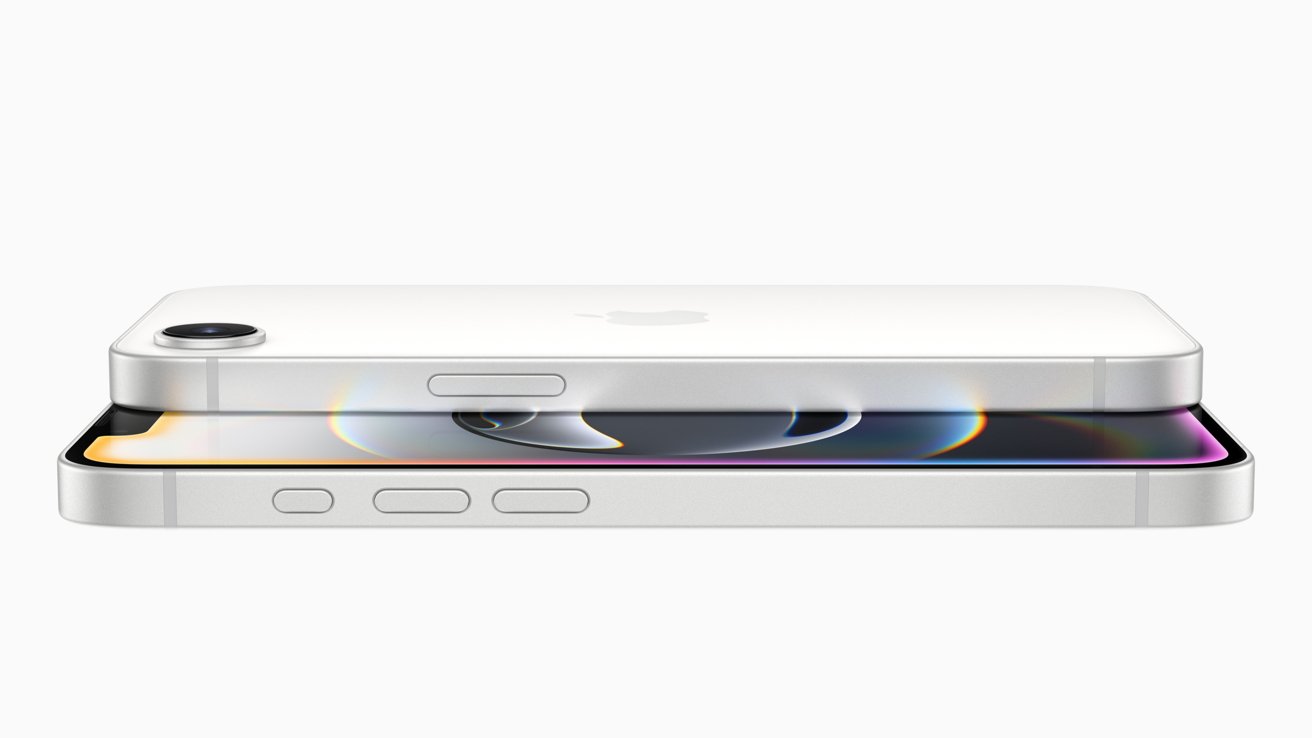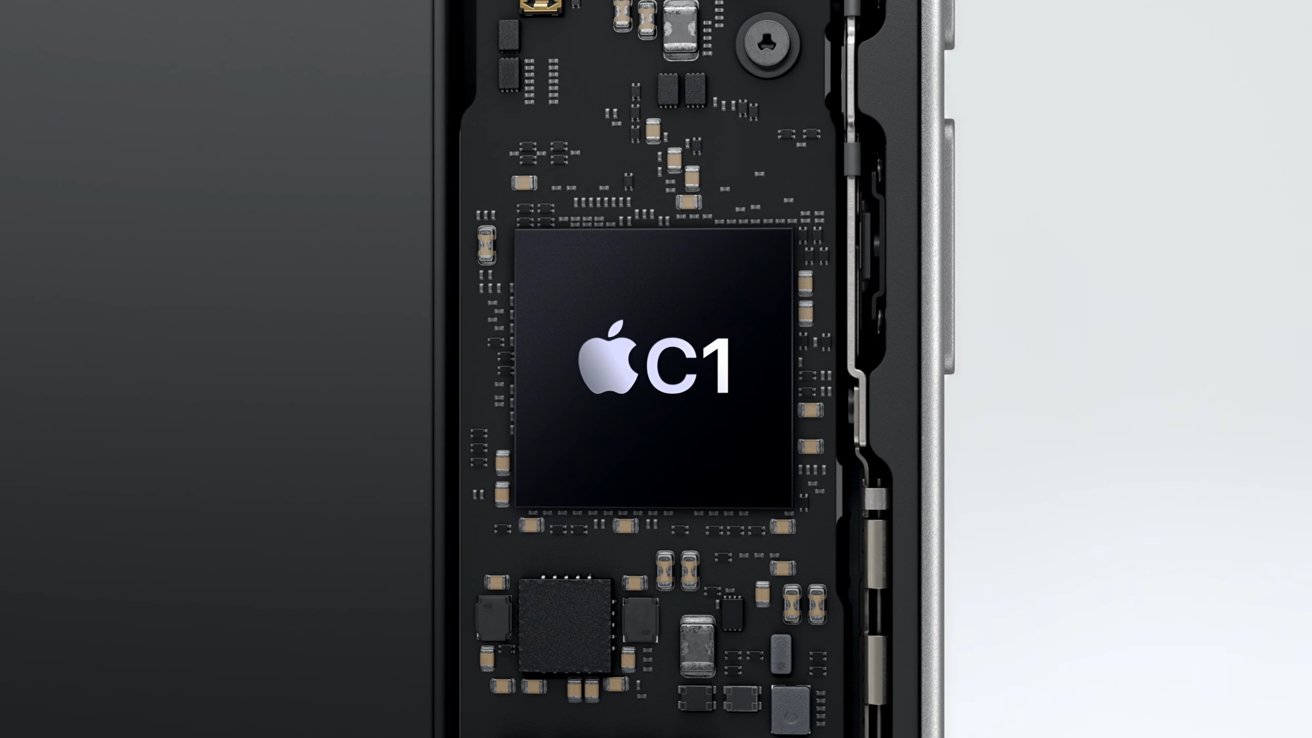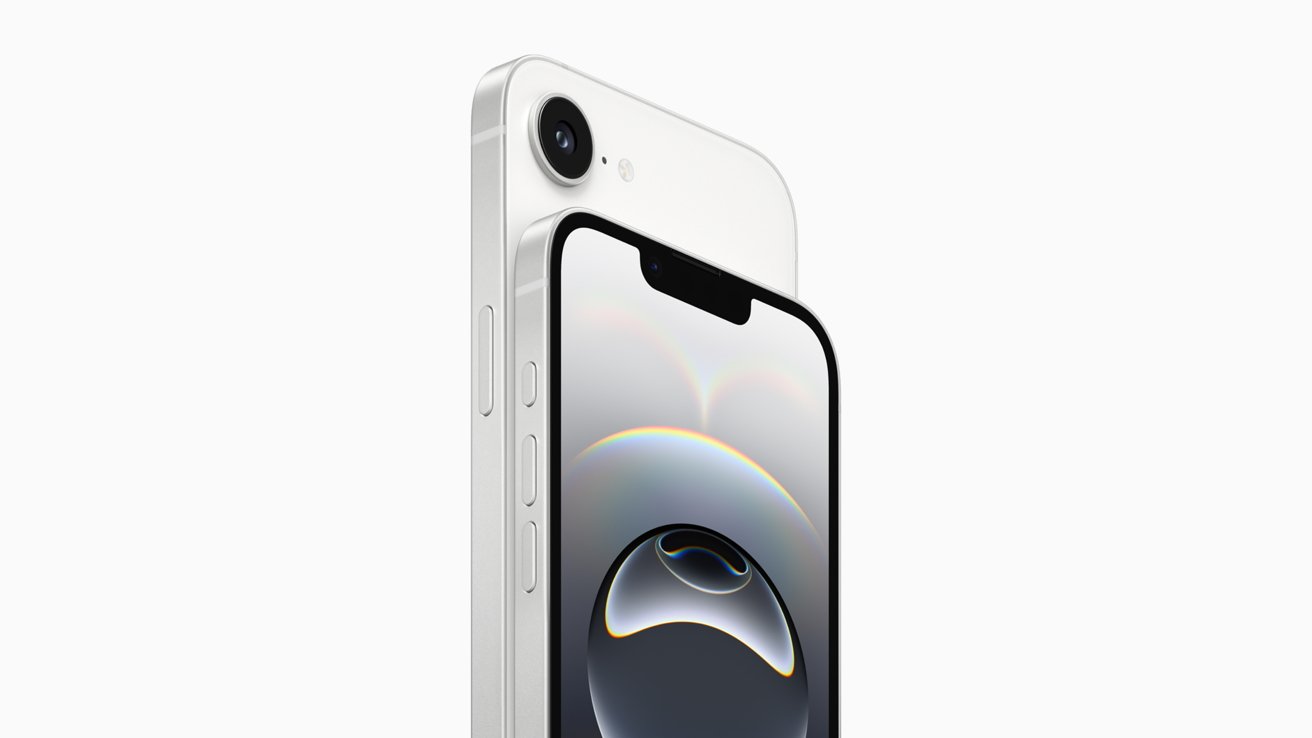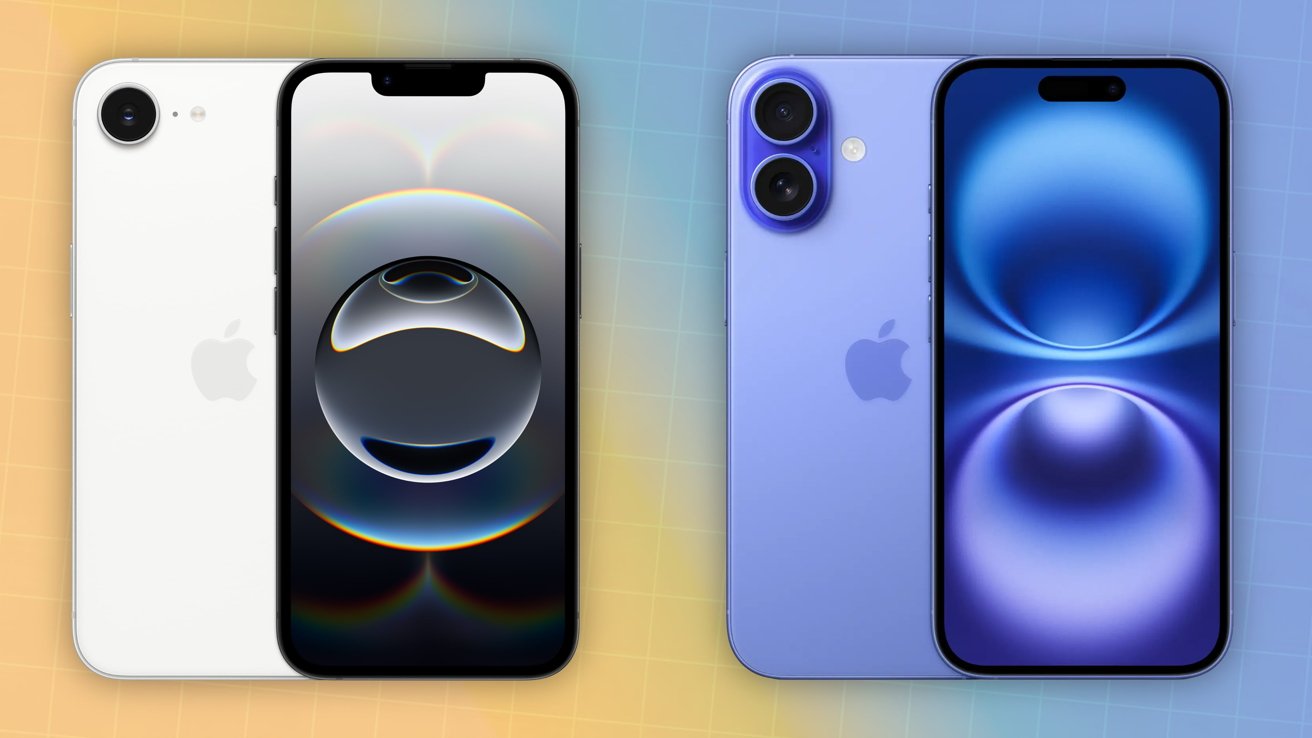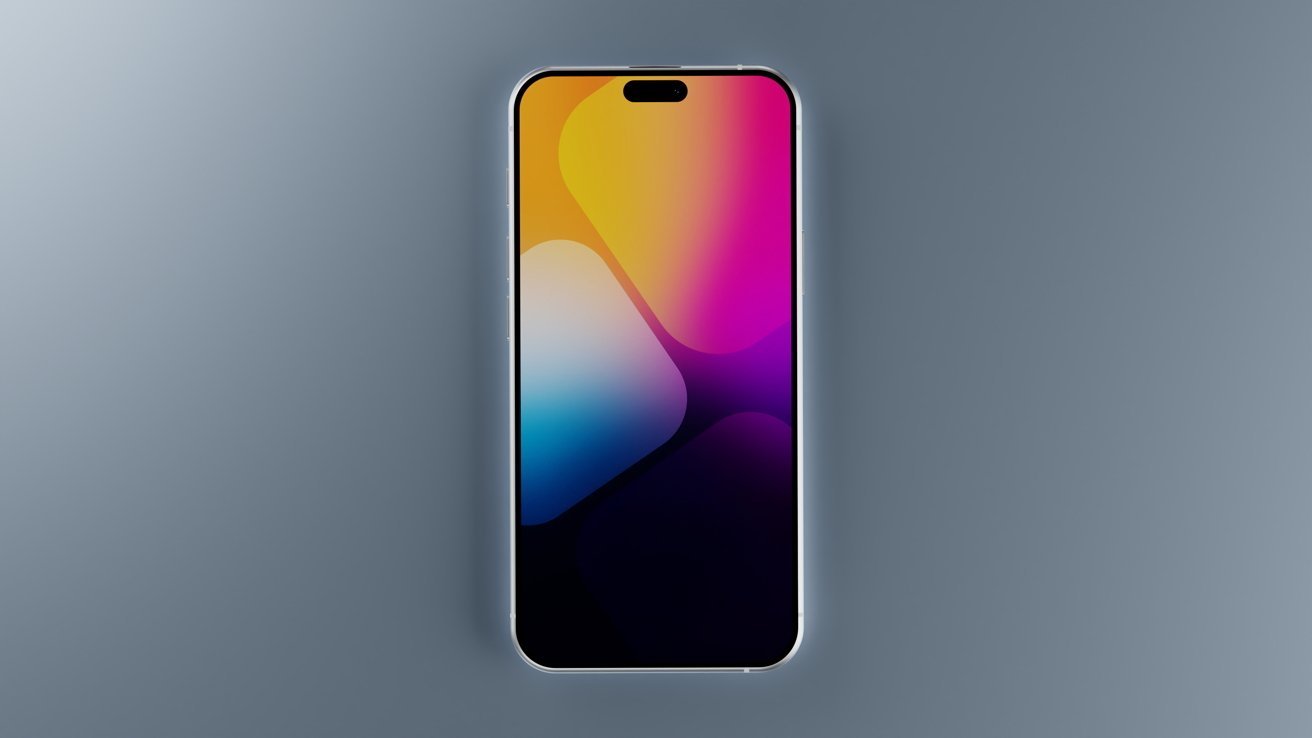We’ve talked about the new affordable iPhone 16e a bunch, but one of the most important changes from a techy perspective is one that probably should not influence whether you buy an iPhone 16e or not. This is the Apple C1, a 5G mobile internet modem and the first to be designed by Apple itself.
The iPhone 12 was the initial series of iPhones to have 5G mobile internet. Since then, all models have used 5G modem hardware by Qualcomm, which was, and still is, one of the pioneers of 5G phone tech. Those phones came out in 2020. But the road to the first 5G modem made by Apple is actually even longer.
Apple acquired the modem-making part of Intel in 2019, for an estimated $1 billion. Intel had been working on an internet-providing modem for iPhone for some time, but was reportedly struggling to make it efficient enough to work in a phone without chewing through the battery.
Just under six years later, here we are. The iPhone 16e has the Apple C1, which represents the collected work of that initial Intel team, plus those extra five-plus years of development within Apple. And its emergence represents a shift away from Qualcomm, and of more Apple hardware being in-house designed.
The affordable iPhone 16e is also the perfect vehicle for the Apple C1 modem, because it lacks a few of the features found in the iPhone 16’s Qualcomm x71 modem. mmWave is the big one. mmWave is a flavour of 5G mobile internet that can provide ultra-high speeds, but only over short distances.
This is not widely used in the UK yet, but Ofcom is to hold an auction for mmWave spectrum bands this year; network providers bid on spectrum bands so they can eventually provide that service to regular iPhone users. And the rest of us. Vodafone staged a mmWave trial in a London football stadium late last year, demonstrating how the tech might be used to meaningfully bolster mobile internet infrastructure. It’s unlikely to change most people’s day-to-day iPhone use but could help reduce the mobile internet-jamming congestion of big events like concerts and large-scale football matches.
“While mmWave is a niche technology for mobile network operators in the UK, the uplift to customer experience will be incredible. With installations on a small number of sites, millions of people could benefit multiple times per week,” said Andrew Dona, Vodafone’s Chief Network Officer.
We expect to see mmWave support in future generations of Apple’s C-series modems. The iPhone 16e also has another wireless connectivity cut likely to have more of a meaningful impact on at least some of you. Its Wi-Fi support is limited to Wi-Fi 6, whereas the iPhone 16’s Broadcom BCM4399 provides support up to Wi-Fi 7.
What’s the difference? Wi-Fi 6’s theoretical maximum bandwidth is 9.6Gbps where the Wi-Fi extends to 46Gbps, among other benefits. These numbers don’t mean much to the average iPhone user in the UK, as our home broadband just isn’t that fast. However, if you know you have a Wi-FI 6e or Wi-Fi 7 router, you may see slightly better home networking results from an iPhone 16 than an iPhone 16e.


